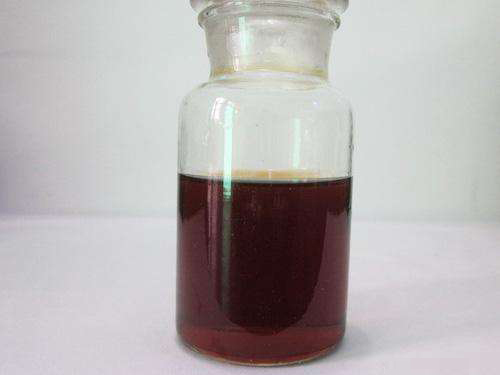Understanding Acrylic Homopolymers and Their Applications in Modern Industries
Understanding Acrylic Homopolymers Composition, Properties, and Applications
Acrylic homopolymers are a fascinating class of polymers that play a significant role in various industries due to their unique characteristics and versatility. Derived primarily from acrylic acid and its derivatives, these materials exhibit a variety of properties that make them suitable for numerous applications, ranging from adhesives to coatings and beyond.
What is an Acrylic Homopolymer?
At its core, an acrylic homopolymer is formed when identical monomer units, specifically acrylic monomers, polymerize to create a long, repeating chain structure. Common monomers include methyl methacrylate (MMA) and ethyl methacrylate (EMA). The polymerization process typically involves methods such as radical, anionic, or cationic techniques, leading to the formation of a solid plastic material with distinctive features.
Properties of Acrylic Homopolymers
1. Transparency and Gloss Acrylic homopolymers are known for their excellent optical clarity and glossy finish, making them ideal for applications where aesthetic appeal is important. This property is particularly valued in products such as display cases, light fixtures, and signage.
2. Weather Resistance These polymers exhibit superb weathering properties, which means they can withstand environmental elements such as UV radiation, moisture, and temperature fluctuations without significant degradation. This feature is crucial for outdoor applications, including automotive parts and exterior coatings.
3. Chemical Resistance Acrylic homopolymers are resistant to many chemicals, offering protection against solvents and detergents. This resilience extends their utility in industrial settings, such as coatings that require durability against harsh substances.
4. Impact Resistance While generally more rigid than other polymers, acrylic homopolymers are still able to absorb impact, making them less prone to shatter than glass. This property enables their use in safety applications, like protective screens and safety goggles.
5. Thermal Stability They display good thermal stability and can maintain performance over a wide range of temperatures, which is vital in applications involving heat exposure.
Applications of Acrylic Homopolymers
acrylic homopolymer

The versatility of acrylic homopolymers makes them suitable for a range of applications across different sectors
1. Adhesives and Sealants Acrylic homopolymers are often utilized in the formulation of adhesives due to their strong bonding capabilities and flexibility. They can be found in construction sealants, automotive adhesives, and even in household glues.
2. Coatings These polymers are frequently used in coatings due to their excellent adhesion and resistance to degradation. This application spans several industries, from automotive paints to protective coatings for electronics.
3. Medical Applications In the medical field, acrylic homopolymers are employed in the production of contact lenses and dental materials, benefiting from their biocompatibility and optical clarity.
4. Textile Coatings Acrylic homopolymers are also utilized in textiles to enhance water resistance and durability, applied in outdoor gear and upholstery.
5. 3D Printing Due to their favorable flow properties, acrylic homopolymers are increasingly used in 3D printing filaments, allowing for the creation of intricate designs and models.
Environmental Considerations
As with many synthetic materials, dealing with acrylic homopolymers’ environmental impact is crucial. While these polymers offer several advantages, their production and disposal can pose challenges. Advances in recycling technologies and the development of bio-based acrylics aim to address some of these concerns, promoting sustainability within the industry.
Conclusion
Acrylic homopolymers are integral to a multitude of applications thanks to their remarkable properties, including clarity, weather resistance, and chemical stability. As industries evolve and new technologies emerge, the role of these versatile polymers is likely to expand, further embedding them into everyday life. Understanding their characteristics and potential is essential for engineers, manufacturers, and consumers alike, ensuring that these materials continue to contribute positively to technological advancement and innovation.
-
LK-319 Special Scale And Corrosion Inhibitor For Steel Plants: Advanced Solutions for Industrial Water SystemsNewsAug.22,2025
-
Flocculant Water Treatment: Essential Chemical Solutions for Purification ProcessesNewsAug.22,2025
-
Isothiazolinones: Versatile Microbial Control Agents for Industrial and Consumer ApplicationsNewsAug.22,2025
-
Scale Inhibitor: Key Solutions for Water System Scale PreventionNewsAug.22,2025
-
Organophosphonates: Versatile Scale Inhibitors for Industrial Water SystemsNewsAug.22,2025
-
Scale and Corrosion Inhibitor: Essential Chemical Solutions for Water System MaintenanceNewsAug.22,2025





